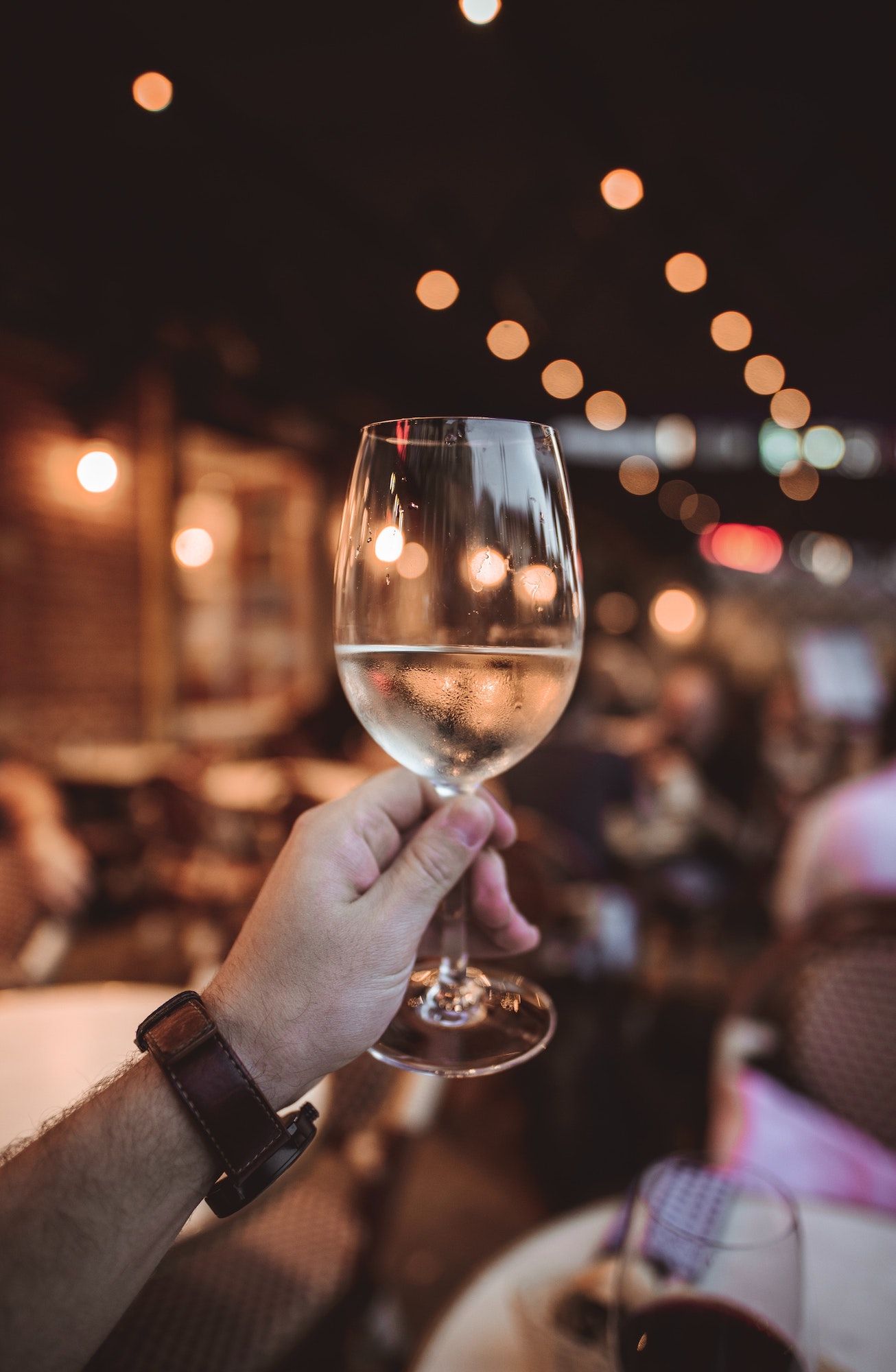These wine styles may be a slight departure from the breezy rosés and weightless whites of summer, but are just as drinkable in Hong Kong's warm autumn weather
With the arrival of September, we are now into that funny season when we begin to feel like unearthing the autumnal cashmere and dusting off leather boots, but the weather isn’t quite ready to cooperate. The temperature is still well into the thirties most days (at least here where I sit in Hong Kong) and any cool beverage we choose to take out with us for cocktail hour on the terrace is soon dripping with condensation (as, more often than not, are we).
There is, however, a certain something, perhaps in the quality of the light, that doesn’t quite jell with the breezy rosés and weightless whites of summer. Hence the turn to a category we’ll call “Change of Season” wines: the wine equivalent of shifting from frisée to roasted vegetable salads. A step up in heft, depth and seriousness but still airy enough to keep sipping well into the warmth of the night.
1. Bierzo

Where: Léon, northwestern Spain
What: Still red
Why: As is the case with so many of my Spanish favourites, the northwestern region of Bierzo (a mere stone’s throw from Galicia and Asturias, solid “Green Spain” country) is cooler and wetter than the harsher inland climes of central Spain. The wines are likewise a little “cooler” and more withholding. The region’s raw potential has also been teased out by the light touch of young(ish) dynamos like Raúl Pérez and Alvaro Palacios, who tend to keep their winemaking minimal (i.e. don’t expect a lot of new oak vanilla here).
Unlike most red wine in Spain, made from the ubiquitous tempranillo and garnacha grapes, Bierzo’s reds are based on the rather remarkable mencia, a grape once thought to be related to cabernet franc because of its bright red fruit with a refreshing hit of leafiness. Though the genetic link has been disproven, the analogy remains apt––much like its ostensible relative, mencia can deliver a range of styles from the silky and lyrical to the stolid, rustic and chunky. In the right hands, the grape’s combination of bright acidity and assertive tannins provides a tense, wiry frame on which to drape elegant folds of crimson cherry fruit and tonic herbal details with just enough body to carry you cheerily into the chillier months.
Which: Descendientes de J. Palacios Petalos, Raúl Pérez Ultreia de Valtuille, Losada Altos de Losada
See also: These Alcohol Delivery Services In Hong Kong Will Bring The Bar To You

